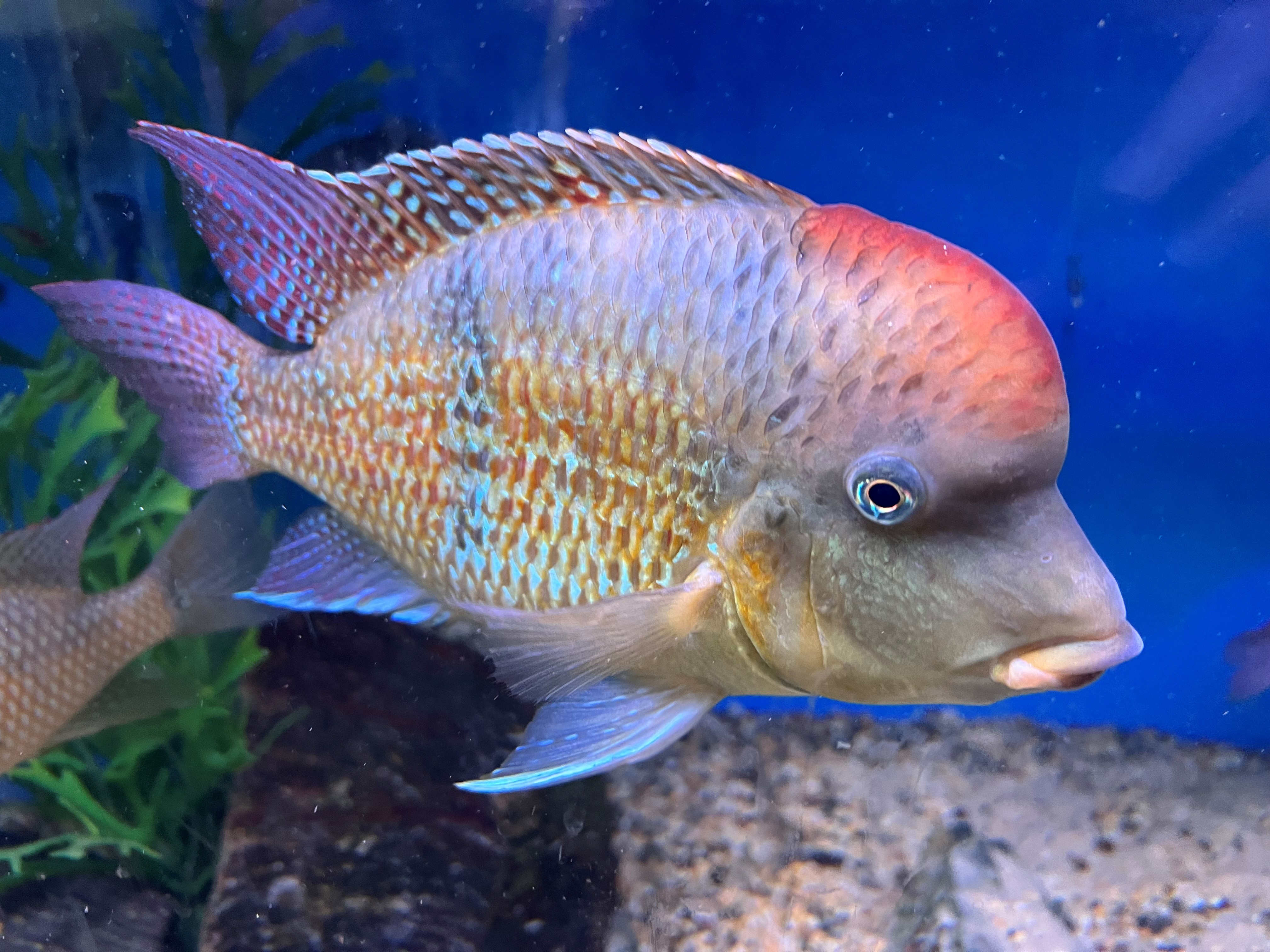I have a pair of questions - first what are the correct conditions for Geophagus sp. Alto Sinu (gold dust); with regards to water softness and temp range. I'm finding information ranging from 68-76 to 76-84 and water condition from acidic to 5 to 14 degree hardness. Almost sounds like multiple species under the same name. The hardness sounds like a ca fish not one found in brazil and the temp range i can't figure out.
On wc gbr what is the prefer temp and do they require blackwater or do they readily adapt to soft water around tds 80-90 ? I generally keep tank raised one around 82 but not sure if wc ones are ok with a bit lower temp ?
On wc gbr what is the prefer temp and do they require blackwater or do they readily adapt to soft water around tds 80-90 ? I generally keep tank raised one around 82 but not sure if wc ones are ok with a bit lower temp ?

